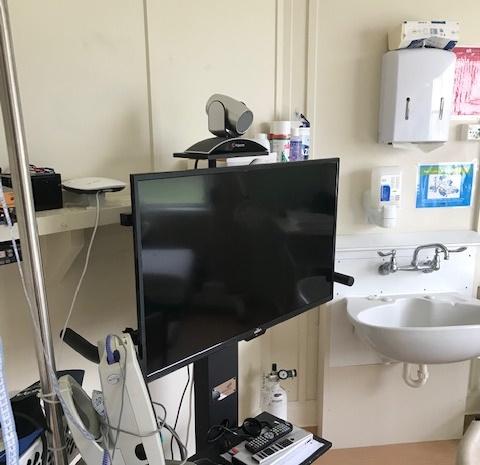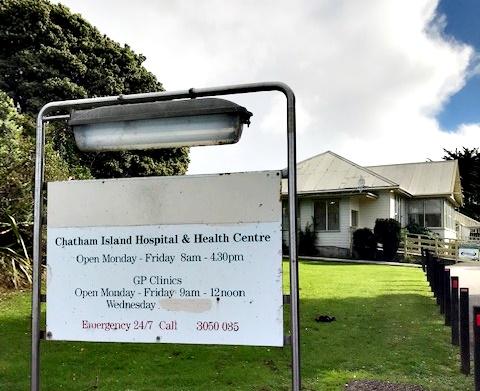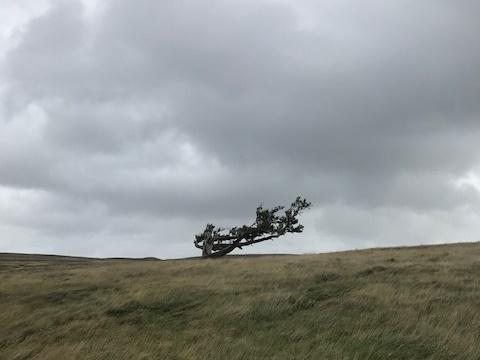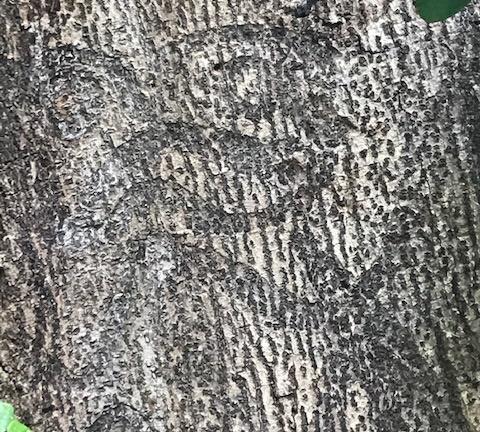Academic pharmacist Nataly Martini provides key information on Helicobacter pylori pathophysiology, diagnosis and evidence-based treatment strategies to enhance patient outcomes
All hands on deck in the Chatham Islands
All hands on deck in the Chatham Islands
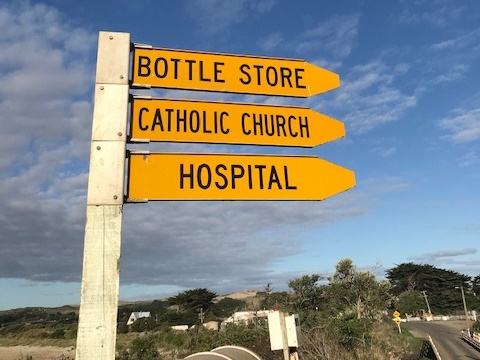
Chatham Islands’ 600 inhabitants are skilled at making the most of what they’ve got, Christchurch pharmacist Des Bailey finds
He wanted to come to the Chathams, have a seafood meal and then die. He choked on his meal and had to be put on a drip for two days. He didn’t die
Rain smeared the windows of our silver Convair 580 as we dropped down over Te Whanga Lagoon, landing hard and fast. There was nothing but 860km of deep blue ocean separating the Chatham Islands from Christchurch.
We adjusted our watches, stepped out of the plane, bending our heads as the wind hit us from all sides.
Our luggage arrived on a fork lift with cages of excited farm dogs barking as they recognised their owners.
The room was full of men with crayfish tattoos down their arms, women in raincoats and gumboots and everyone seemed to be hugging each other.
Twenty minutes’ drive away, the outline of a dozen buildings emerged out of the rain. The town of Waitangi consisted of a small hotel, store, hardware shop, a garage and more interestingly, a medical centre sitting above the port.
Rusted cars littered the landscape, victims of the salt-laden wind – too costly to get off the island. Wind-bent trees, peat bogs, miles of harakeke and white-crested waves in the lagoon completed the landscape.
Nestling between the Catholic church and the bottle store, the medical centre is staffed by four or five highly resourceful nurses. There’s one GP but the nurses seem to run the show. They do a lot of triaging, minor ailments and telephone consults. Their receptionist doubles as a trip planner – booking severely ill patients straight onto the next flight off the Chathams, aiming to get them to Christchurch Public Hospital.
Their drug cupboard is on steroids - very well stocked, and by Unichem Kilbernie Pharmacy, I believe. As I am being shown around, 93-year-old Dolly walks in for a chat. With so few people on the island, social isolation is a problem and so the nurses explain they schedule regular checks on everyone over 80.
The medical centre sports an x-ray facility (who needs a radiographer), a small operating theatre with a large screen giving a video link to specialists in Christchurch.
Two hospital beds for overnight stays, a laboratory and examining room make up the rest of the complex. Blood samples are taken just before a flight is scheduled, spun out and flown to a lab in Christchurch (who needs a blood lab).
At the back of the medical centre was a carpentry shop. Peering in, I saw two coffin lids and a wooden casket. Right next door was the morgue.
Breaking the somber mood, four horses trotted through the garden, the receptionist shouting and waving her arms at them.
The nurses told me that they had just had an ENT specialist over on a bucket-list holiday. He was a chain smoker with throat cancer and wasn’t given long to live. He wanted to come to the Chathams and have a seafood meal and then die. It turned out he choked on his meal and had to be put on a drip for two days. He didn’t die.
“Massive” was the name of our local guide. Any time our four-wheel-drive vehicle approached the coast, he would shout excitedly about the bountiful seafood lying in a foot of water, waiting to be plucked up by the bucketful. Turns out he was right! Against a backdrop of baby seals frolicking in the shallows, handfuls of giant pipis, pāua and crayfish were all plucked from the ocean with ease.
Tommy Solomon was the last full-blooded Moriori, buried at Manukau point in 1933. Moriori had lived peacefully in the Chathams for centuries before the
Taranaki Māori arrived on a chartered ship and violently changed the landscape.
Significantly, Pākehā had preceded Māori, making the history of the Chathams quite different to mainland New Zealand.
Fishing in the Chathams is a must. Joining me on The Chatham Express fishing boat were three strong men, complete with steel-capped boots and a large duffel bag full of beers. As the skipper slid the boat out of the harbour I declined a beer from my companions, who each quietly downed a frothy.
Shortly afer, we were all dished out hand lines. Really, plastic rope with two large hooks and a steel bar acting as a sinker. Within 30 minutes we had caught over 50 blue cod. My new friends were on to their second beer as we set out for slightly deeper water.
At 15 metres we repeated the drop, but this time we had much larger fish on our hooks – hapuka! Within 15 minutes, and another round of beers, we had our quota of fish.
Popping a celebratory fourth beer, my friends took a few photos and we all laughed at the ease of fishing out here.
Nicole and I attended church on Easter Sunday. We stood in the empty wooden building, light shining through the windows above the altar. Just as we were wondering if anybody would attend, an elderly lady entered, walked past us with a fistful of dahlias, plonked them in a vase at the front, lit two candles and sat down.
We were quickly joined by others, our numbers swelling to 11. Two guitars were produced and a lady who was busy handing out printed papers, locked eyes with me and asked if I was good at reading.
She thrust three pages into my hand. I immediately passed them onto Nicole.
The service started with us singing “The Rugged Cross”, before moving onto the folk who had been handed pieces of paper. These consisted of Bible verses relating to Easter.
“Now is the time for the sermon!” The lady pointed to Nicole. My wife strode to the front and proceeded to give the week’s sermon.
We ended with another rendition of The Rugged Cross, before retiring to the manse for wine biscuits layered with crushed apples.
We packed in a trip to Pitt Island, timing our trip to witness the annual cattle muster. It was a noisy exercise involving every single dog on the island and all 35 inhabitants funnelling bellowing livestock down to Flower Pot Bay and onto a tender boat.
By week’s end the weather had turned from Icelandic to gently tropical as Nicole and I flew out of the Chathams, turning our watches back and taking a last glimpse of the golden beaches of Waitangi West.



